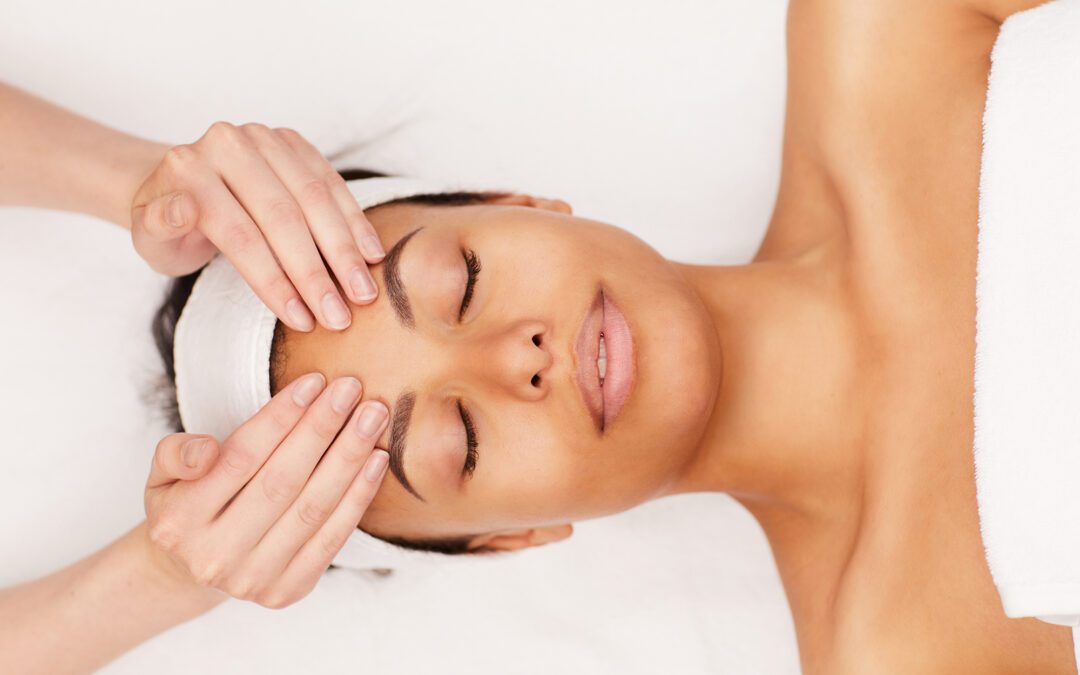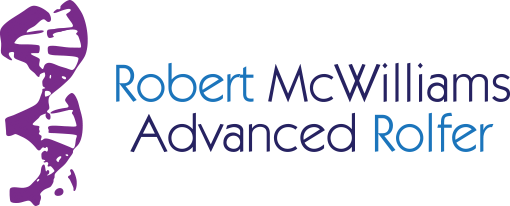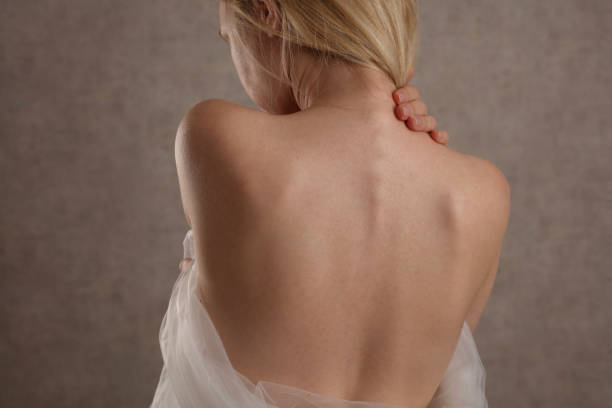
How Rolfing® Works, for Me-Part 3
How have I made the transition from dancer to healer? I am finding more and more that I utilize the skills and sensitivity developed over decades of work as a professional performing artist. Dance is not just dexterity and strength combined-it can hone our perceptions and how to act on them. Good dancers develop not just a sense of movement mechanics, line, musicality or spatial sense; they also employ a general knowledge of aesthetics, art history, situational intelligence and much more. We train ourselves to explore general principles in movement, in modern dance for instance, while honing them into very specific techniques and maneuvers. We learn how to manage the shapes that we are trying achieve, in relation to others, and in relation to the overall stage image that the choreographer is creating-or at least our understanding of it! All of this is a way to enhance perception of self and other in space, time and gravity.
One of the things you will often hear a Rolfer™ ask you or talk about in a structural integration (SI) session is the way one part of the body feels in relation to another part. This is partly because we are trained to perceive the body in terms of relationships-how does the thorax relate to the pelvis, how does the pelvis relate to this or that leg, and to the spine, and on and on. Another part of this is the notion of “end feel”, where we try to sense how the distant part is in relation to the point of contact. “How do you feel in the lower back on the left side” we’ll ask, for example, while sensing a fixation in the atlanto-occipital joint-this is where the head meets the top of the spine. It is hard, exactly, to quantify end feel, and I believe that different Rolfers go about this differently. I personally utilize all of my senses for this, including, but not limited to: rhythm, sub-cortical movement sense, aesthetic/visual sense, spatial brain, sense of weight and balance, analytical brain, and tactile sense.
In general, though, this involves the ability to touch in one place and “feel through” the structure to another area. You can liken this to being able to feel the position of a ball, ten feet away, when you contact it with a ten-foot pole. A lot of subtleties can come through this touch, regarding fluid pressure, springiness, stiffness and the like. Rolfing® SI, then, demands a lot of sensitivity, along with sufficient knowledge to distinguish different structures and understand the roles they can play in normal, or abnormal function. There is one sort of end feel when weight, length, movement, breath, heartbeat, or cranial-sacral rhythms are able to move freely through, and another when they cannot. Identifying where this flow is interrupted is part of what we try to do using end feel. This is very helpful for knowing where to work to get the maximum benefit for clients. It is often not ‘where it hurts’. It is often in a place that relieves strain on painful areas.
A little more ‘about me’ here: working in this way demands a lot of sensitivity-thank God! Finally I have another excellent place to make use of these kinds of perceptions! They worked for me, before, as a professional dancer, choreographer and teacher, and come in very handy as a Rolfer. I liken it, too, to the ability to sense where someone a dancing partner is in space, how they are moving, where they have their weight, what kind of attack or sustain-pattern they are using-and on and on! I spent over twenty-six years performing dancing professionally, and developing this ability to respond to the movements of another dancer. For me now, Rolfing is very much a unique dance with each client.
Feeling through, as we work, and trying to understand what layer (or layers) is adhered to what other layer(s) is akin to the princess trying to figure out how many mattresses down the pea is. Ok, hopefully you have heard the story of the princess and the pea! I will mention here that there at least seven different layers of fascia in the neck alone. Knowing which one is problematic can be a key for how to work the entire body. It is a lot more than ‘rub where it hurts’ folks!
There are many skill sets that a good Rolfer needs to be able to draw from. End feel, sensitivity to layers, functional and anatomical knowledge are necessary to couple with knowledge of techniques to release fixations, in the appropriate sequence, and then integrate. But then, the notion of “the proper sequence” and “then integrate” can be the subjects of future posts!

